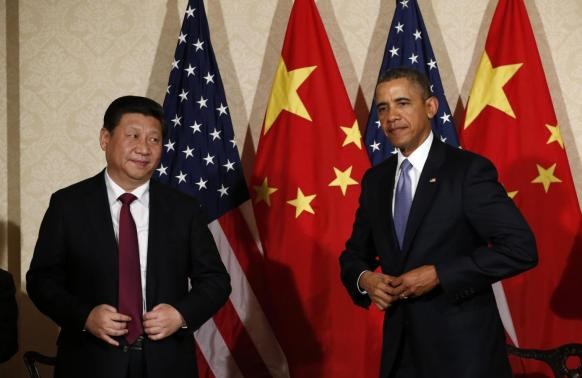China and the United States arrived at an agreement to curb carbon emissions worldwide and laid an ambitious plan to cut greenhouse gases down.
Both Chinese President Xi Jinping and U.S. President Barack Obama announced the landmark agreement that includes new U.S. targets to reduce carbon emissions and the first-of-its-kind Chinese commitment to stop greenhouse gases in China come 2030.
According to administration officials, the U.S. and China worked the deal out quietly over a period of nine months. It involved Obama writing a letter to Xi with a proposal to come up with a joint approach to galvanize attempts to accomplish a new global climate negotiation by 2015.
One senior U.S. official spoke in advance and said that the agreement between China and the U.S. "can usher a new day" in which the two countries can act as partners despite being seen as antagonists in the past.
The deal between the U.S. and China is significant to address the growing concern over global climate change, but some experts see no meaningful global climate pact unless both countries resolve their differences.
Obama, as part of the agreement, said that the U.S. would only emit less than 26 to 28 percent of carbon by 2025 that is double than the reduction pace it set from 2005 to 2020.
China, for its part, pledged to reach its carbon emission peak by 2030. Xi pledged 20 percent of clean energy sources such as solar and wind power technology in its energy production by 2030.
However, some Washington officials have also acknowledge that Obama might face opposition to his global climate pact. Recently, the U.S. Republican Party won the majority of congressional seats in the recently concluded midterm elections.
The officials said that there is a possibility that a Republican-led Congress could roll back the climate initiatives and undermine Washington's efforts to meet the new emission targets.



























